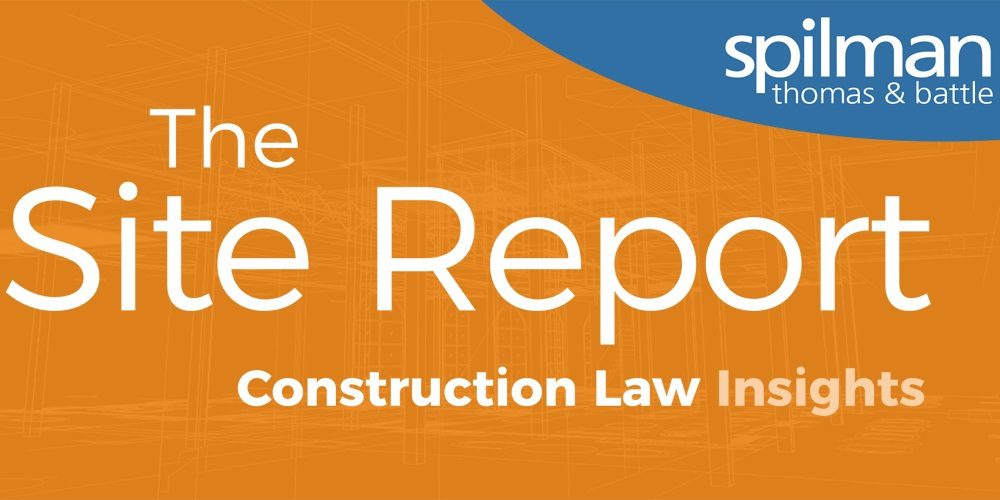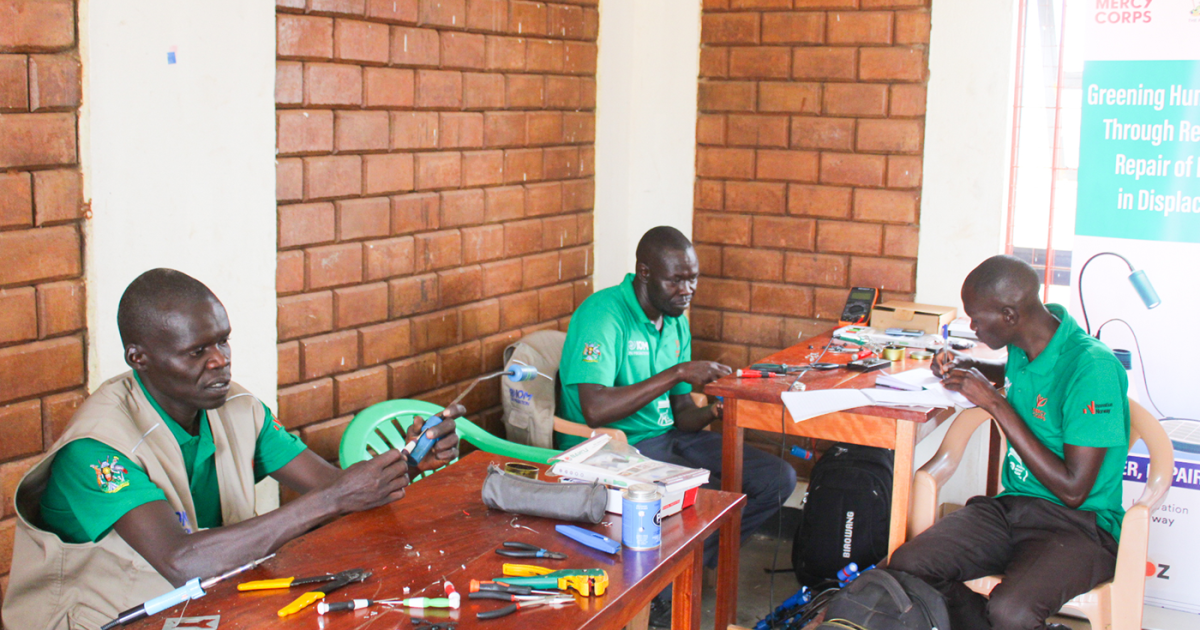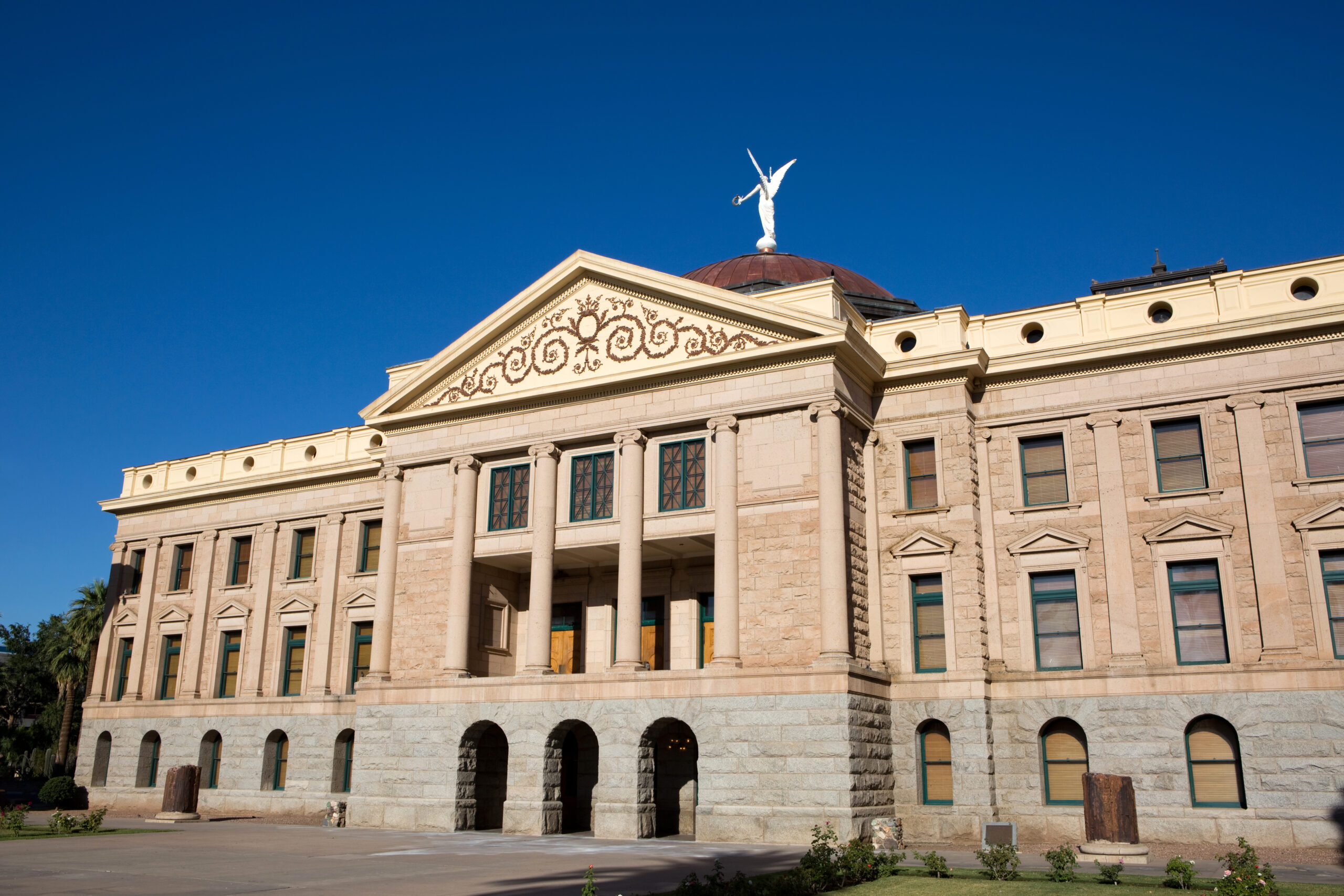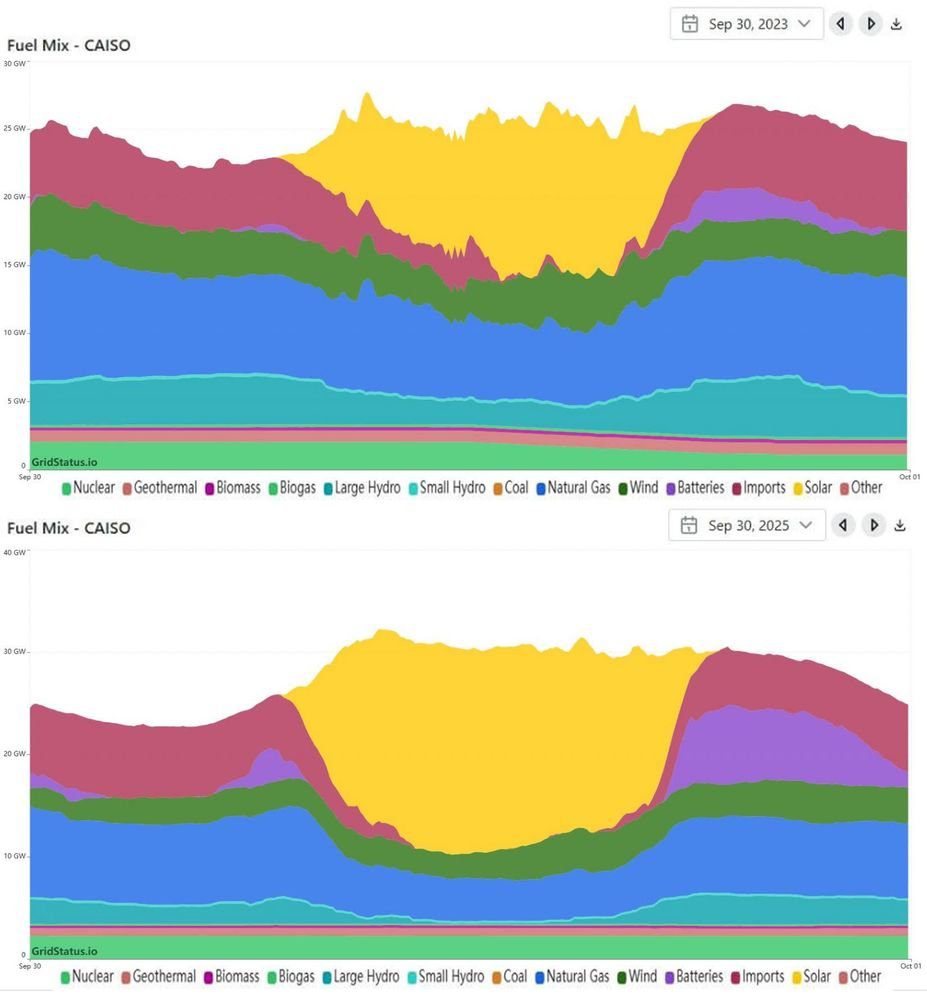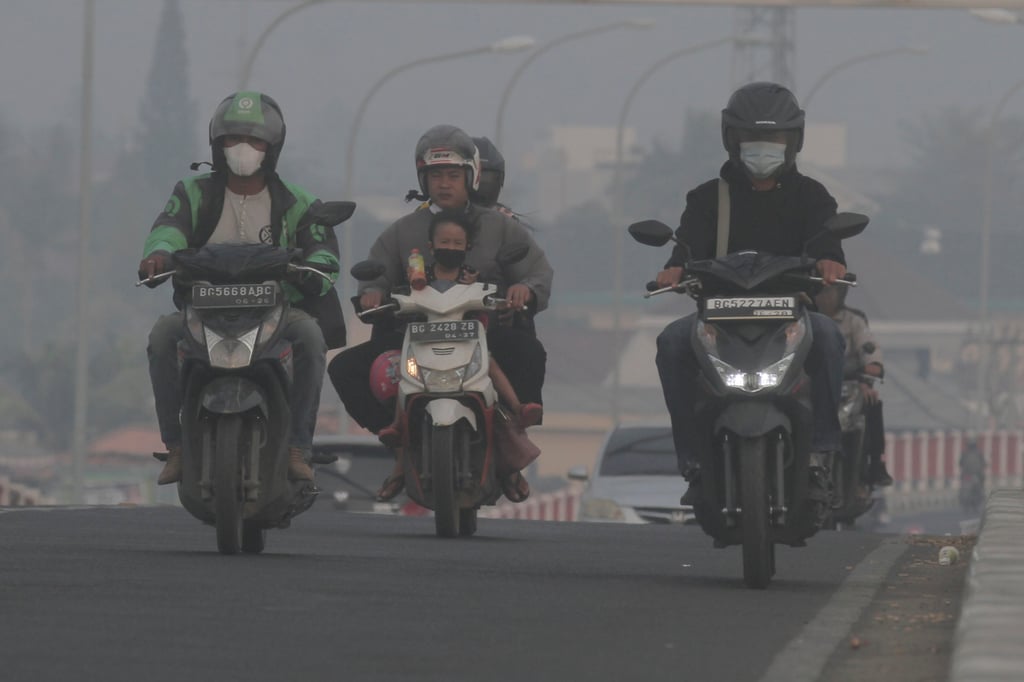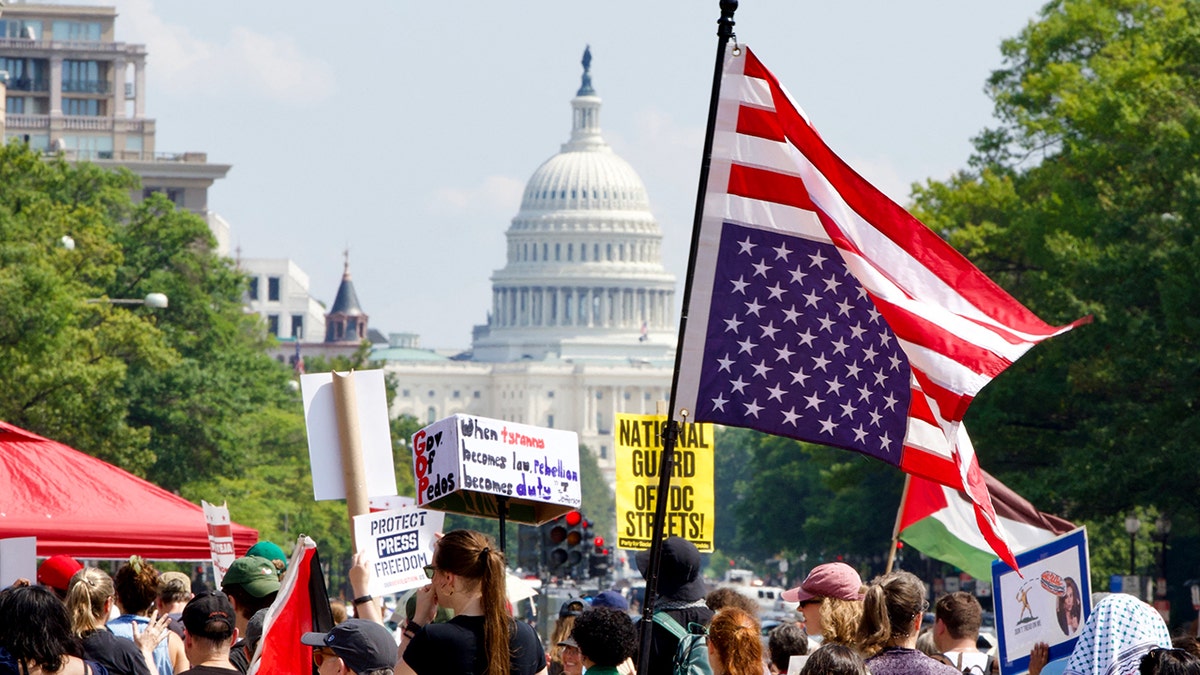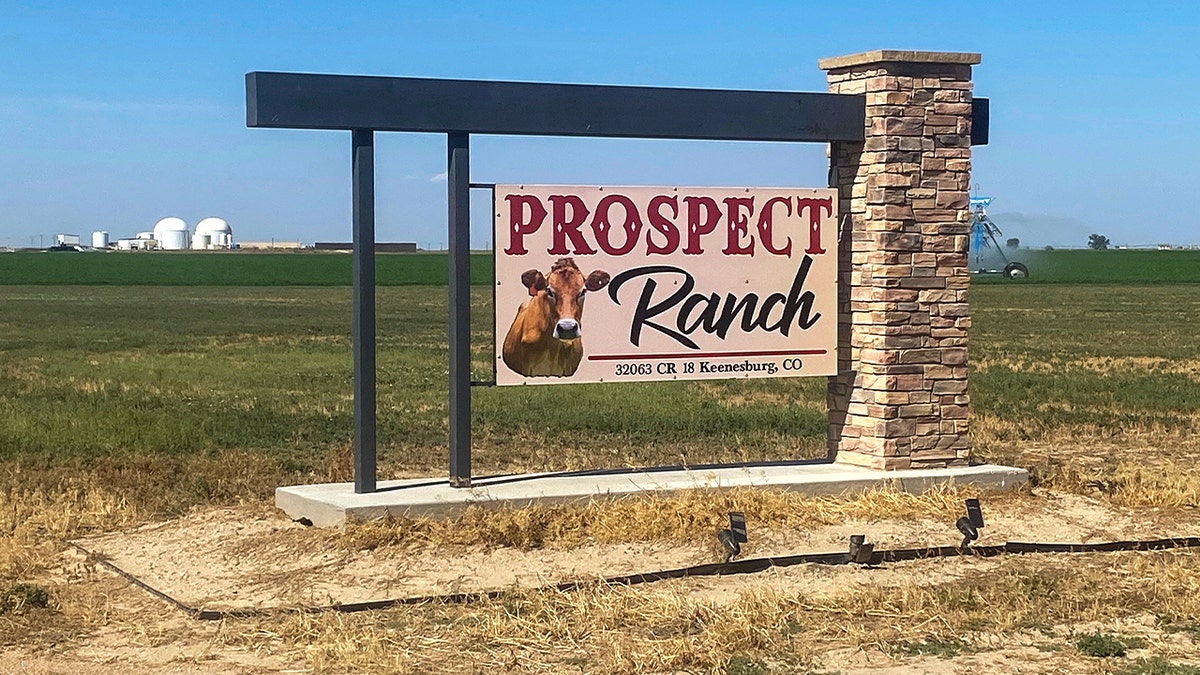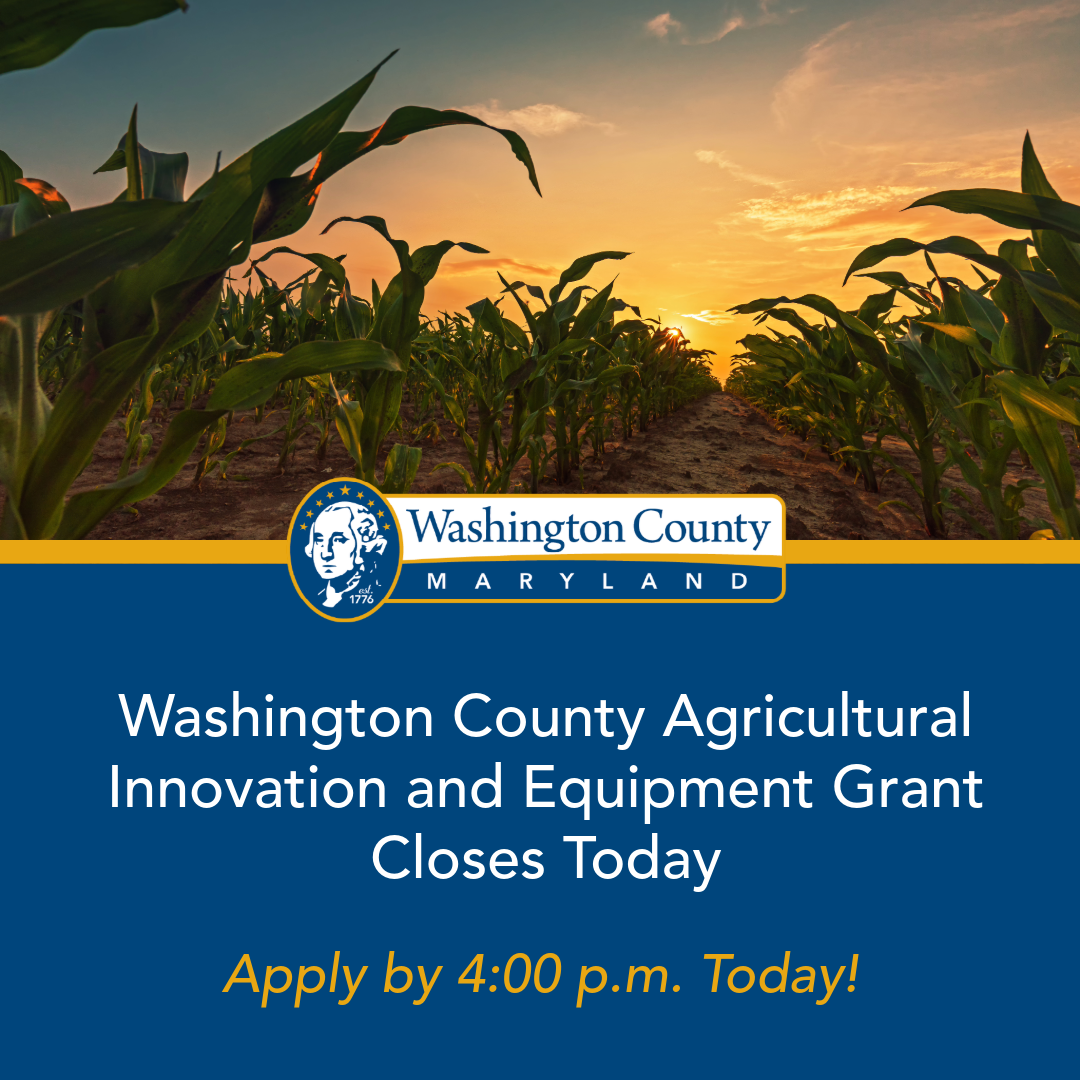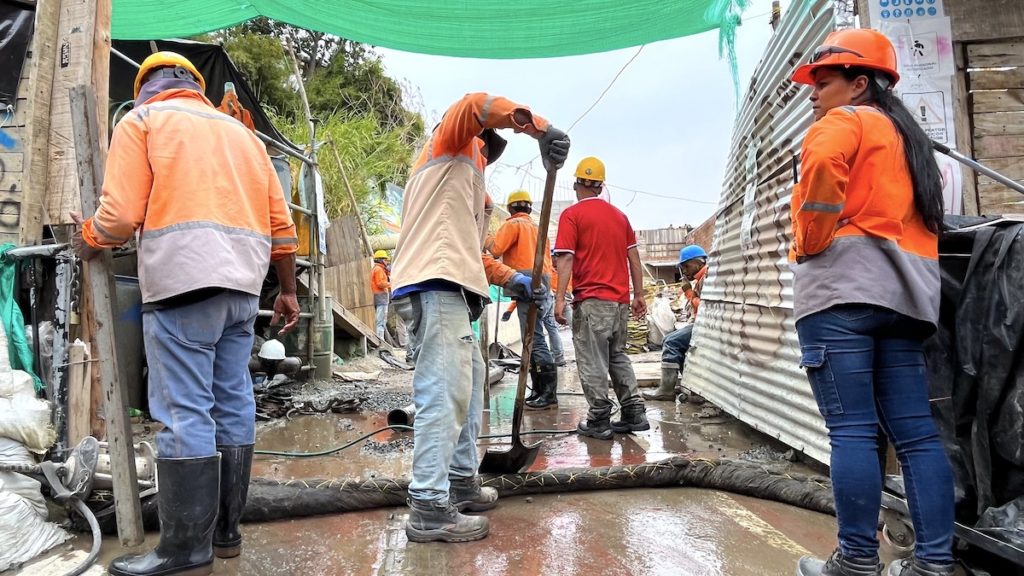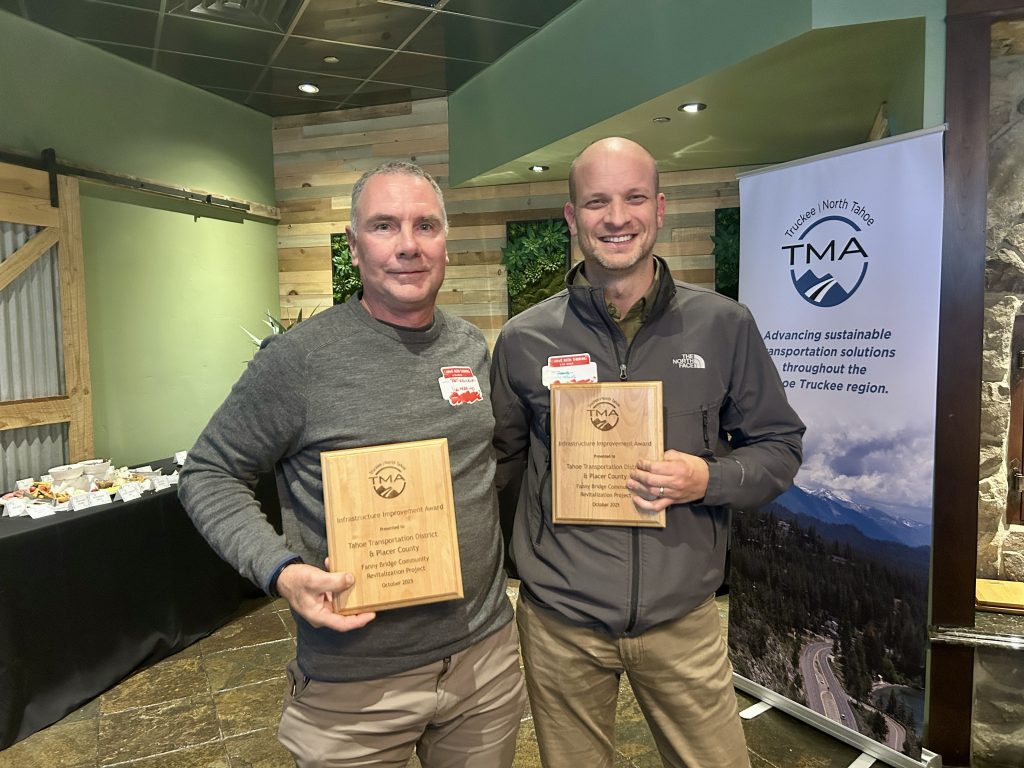RELEASE: Congresswoman Friedman Highlights Public Transit Access for Olympic and Paralympic Games at the Rose Bowl – Representative Laura Friedman | (.gov)
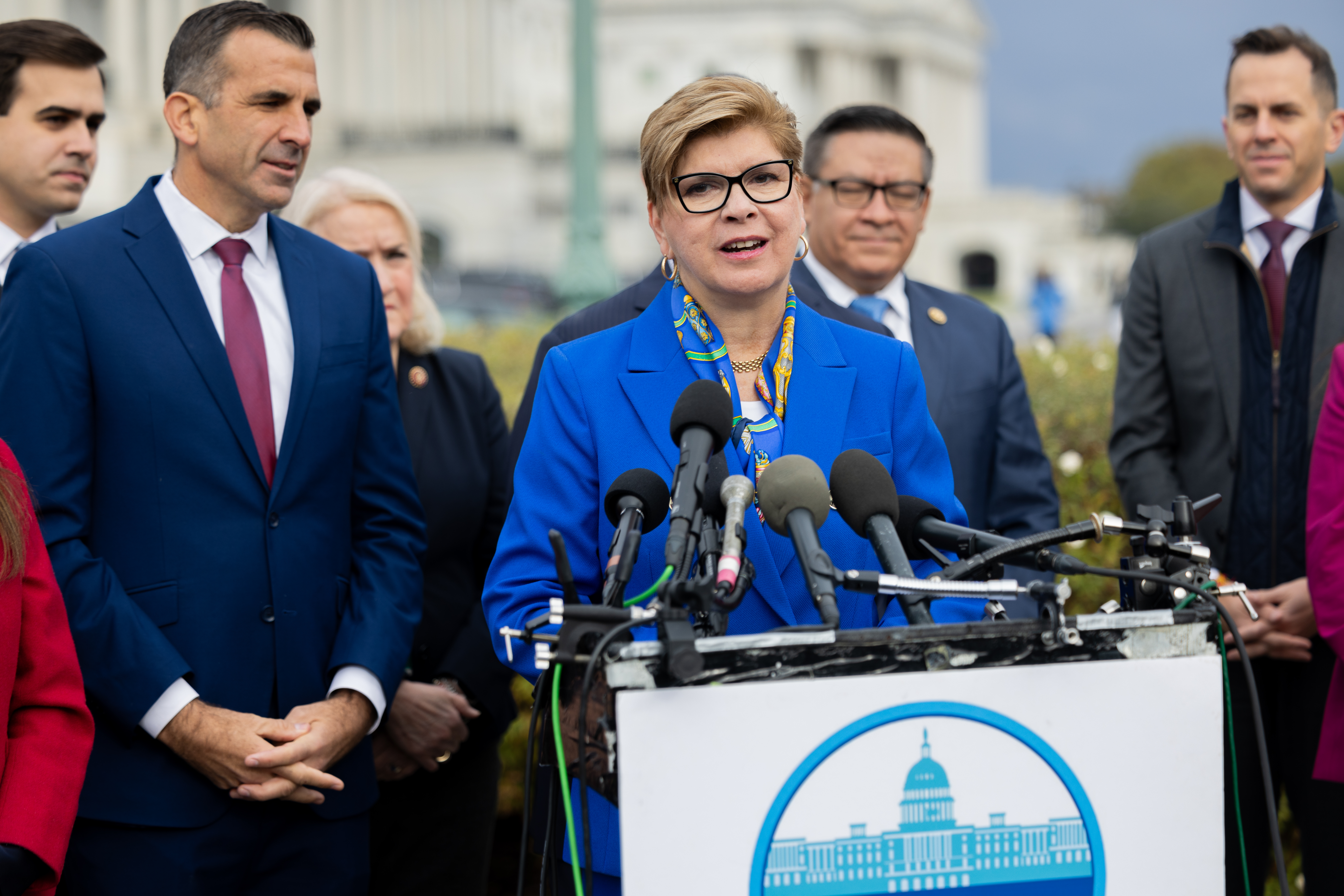
Report on Sustainable Transportation Initiatives for the 2028 Los Angeles Olympics
Executive Summary
On August 8, 2025, U.S. Congresswoman Laura Friedman inspected a new zero-emission hydrogen fuel cell-powered bus operated by Foothill Transit at the Rose Bowl. This event highlighted strategic preparations for the 2028 Olympic and Paralympic Games, emphasizing the critical alignment of infrastructure development with the United Nations Sustainable Development Goals (SDGs). The initiative showcases a multi-stakeholder partnership aimed at enhancing public transit, promoting clean energy, and ensuring the sustainability of a major international event.
Alignment with Sustainable Development Goals (SDGs)
The project directly supports several key SDGs through targeted actions in transportation and infrastructure:
- SDG 7: Affordable and Clean Energy: The deployment of hydrogen fuel cell-powered buses represents a significant step towards transitioning public transportation to clean energy sources, reducing reliance on fossil fuels.
- SDG 9: Industry, Innovation, and Infrastructure: Investment in modernizing the public transit fleet and ensuring its capacity for the 2028 Games constitutes a major upgrade to regional infrastructure, fostering innovation in green technology.
- SDG 11: Sustainable Cities and Communities: By providing efficient, zero-emission “last-mile” transit solutions, the initiative aims to reduce traffic congestion and air pollution, making Los Angeles a more sustainable, inclusive, and resilient urban environment.
- SDG 13: Climate Action: The adoption of zero-emission vehicles is a direct measure to combat climate change by mitigating greenhouse gas emissions from the transport sector.
- SDG 17: Partnerships for the Goals: The collaboration between federal government representatives, the Department of Transportation, local transit authorities like Foothill Transit, and venue operators such as the Rose Bowl exemplifies the multi-stakeholder partnerships necessary to achieve sustainable development objectives.
Key Developments and Strategic Importance
-
Introduction of Zero-Emission Technology
Foothill Transit’s new hydrogen fuel cell bus was presented as a cornerstone of the region’s commitment to clean transportation. This technology is crucial for meeting climate targets and improving air quality, directly contributing to SDG 7 and SDG 13.
-
Infrastructure Preparedness for the 2028 Olympics
With millions of visitors expected, the capacity and efficiency of public transit are paramount. Foothill Transit’s role as the last-mile connector to the Rose Bowl is vital. Congresswoman Friedman emphasized the need for federal investment to ensure the transit system can manage the increased demand, aligning with the infrastructure development goals of SDG 9.
-
Federal Commitment and Collaborative Action
A formal commitment has been secured from the U.S. Transportation Secretary to partner with Los Angeles in preparing for the 2028 Games. This high-level support is essential for translating policy commitments into tangible funding and resources, demonstrating a functional partnership as envisioned in SDG 17.
Conclusion
The inspection of Foothill Transit’s new hydrogen-powered bus serves as a progress report on Los Angeles’s journey towards hosting a sustainable 2028 Olympic and Paralympic Games. The initiative is a clear example of how targeted investments in clean technology and public infrastructure can advance multiple Sustainable Development Goals, creating a legacy of improved urban mobility and environmental stewardship.
SDGs Addressed in the Article
- SDG 7: Affordable and Clean Energy: The article highlights the use of a “zero-emission hydrogen fuel cell-powered bus,” which represents a shift towards cleaner energy sources for public transportation.
- SDG 9: Industry, Innovation and Infrastructure: The focus is on investing in and upgrading public transit infrastructure (“Foothill Transit plays a critical last-mile role”) to make it more sustainable and capable of handling increased demand from the 2028 Olympics.
- SDG 11: Sustainable Cities and Communities: The initiative aims to improve public transportation in the Los Angeles area, making the city’s transit system more sustainable and accessible for “athletes, spectators, and locals.” The introduction of zero-emission buses directly contributes to improving urban air quality.
- SDG 13: Climate Action: By promoting and investing in “zero-emission” public transport, the initiative is a direct measure to combat climate change by reducing greenhouse gas emissions from the transportation sector.
- SDG 17: Partnerships for the Goals: The article describes a collaboration between a U.S. Congresswoman, the federal government (Transportation Secretary Duffy), and a local public transit authority (Foothill Transit) to achieve a common goal of improving public transit.
Specific SDG Targets Identified
-
SDG 9: Industry, Innovation and Infrastructure
-
Target 9.1: Develop quality, reliable, sustainable and resilient infrastructure… with a focus on affordable and equitable access for all.
Explanation: The article discusses the need to “invest in these services” (Foothill Transit) to create a reliable transit system for the 2028 Olympics and beyond. The new hydrogen bus is an example of developing more sustainable infrastructure.
-
Target 9.1: Develop quality, reliable, sustainable and resilient infrastructure… with a focus on affordable and equitable access for all.
-
SDG 11: Sustainable Cities and Communities
-
Target 11.2: By 2030, provide access to safe, affordable, accessible and sustainable transport systems for all… by expanding public transport.
Explanation: The entire initiative is centered on improving and expanding the capacity of Foothill Transit, a public transport system, to ensure “athletes, spectators, and locals can move around LA.” -
Target 11.6: By 2030, reduce the adverse per capita environmental impact of cities, including by paying special attention to air quality.
Explanation: The introduction of “zero-emission hydrogen fuel cell-powered buses” is a direct action to reduce the environmental impact of public transport and improve air quality in the Pasadena and greater Los Angeles area.
-
Target 11.2: By 2030, provide access to safe, affordable, accessible and sustainable transport systems for all… by expanding public transport.
-
SDG 17: Partnerships for the Goals
-
Target 17.17: Encourage and promote effective public, public-private and civil society partnerships.
Explanation: The article explicitly mentions the partnership between Congresswoman Friedman and Transportation Secretary Duffy to “work with her and Los Angeles in preparing for and delivering the 2028 Olympic and Paralympic Games,” showcasing a public-public partnership to achieve infrastructure goals.
-
Target 17.17: Encourage and promote effective public, public-private and civil society partnerships.
Indicators for Measuring Progress
-
For Target 9.1 and 11.2
-
Indicator Implied: The number of new, sustainable vehicles added to the public transit fleet.
Explanation: The article showcases “one of the Transit system’s new zero-emission hydrogen fuel cell-powered buses,” implying a fleet upgrade. Tracking the number of such buses procured and deployed would measure progress.
-
Indicator Implied: The number of new, sustainable vehicles added to the public transit fleet.
-
For Target 11.6
-
Indicator Implied: Reduction in greenhouse gas emissions from the public transport fleet.
Explanation: The key descriptor used is “zero-emission.” While not a specific number, it implies a goal of eliminating emissions from this part of the fleet, which is a measurable outcome for air quality improvement.
-
Indicator Implied: Reduction in greenhouse gas emissions from the public transport fleet.
-
For Target 17.17
-
Indicator Mentioned: The amount of financial resources committed to the partnership.
Explanation: The article mentions the effort to “ensure those federal promises turns into actual dollars,” directly pointing to the mobilization of federal funds as a key indicator of the partnership’s success.
-
Indicator Mentioned: The amount of financial resources committed to the partnership.
| SDGs | Targets | Indicators |
|---|---|---|
| SDG 9: Industry, Innovation and Infrastructure | 9.1: Develop quality, reliable, sustainable and resilient infrastructure. | Number of new sustainable vehicles (e.g., zero-emission buses) added to the public transit fleet. |
| SDG 11: Sustainable Cities and Communities | 11.2: Provide access to safe, affordable, accessible and sustainable transport systems for all.
11.6: Reduce the adverse per capita environmental impact of cities, paying special attention to air quality. |
Expansion of public transport services to handle increased ridership.
Reduction in greenhouse gas emissions from the public transport fleet due to “zero-emission” vehicles. |
| SDG 17: Partnerships for the Goals | 17.17: Encourage and promote effective public, public-private and civil society partnerships. | Amount of federal funding (“actual dollars”) committed and disbursed for sustainable public transit infrastructure. |
Source: friedman.house.gov

What is Your Reaction?
 Like
0
Like
0
 Dislike
0
Dislike
0
 Love
0
Love
0
 Funny
0
Funny
0
 Angry
0
Angry
0
 Sad
0
Sad
0
 Wow
0
Wow
0


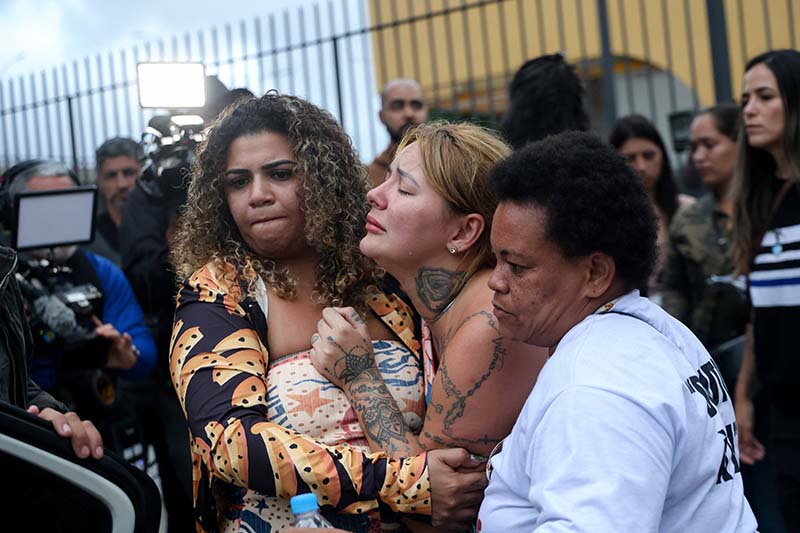




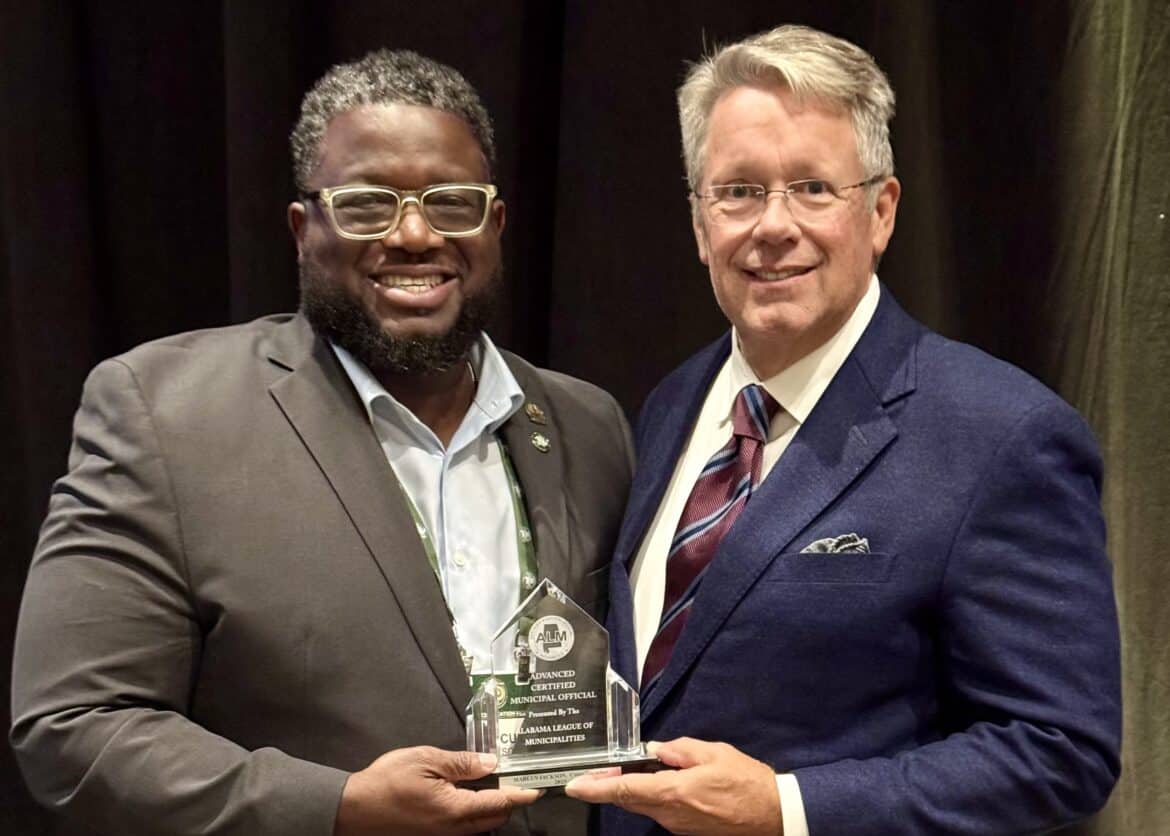







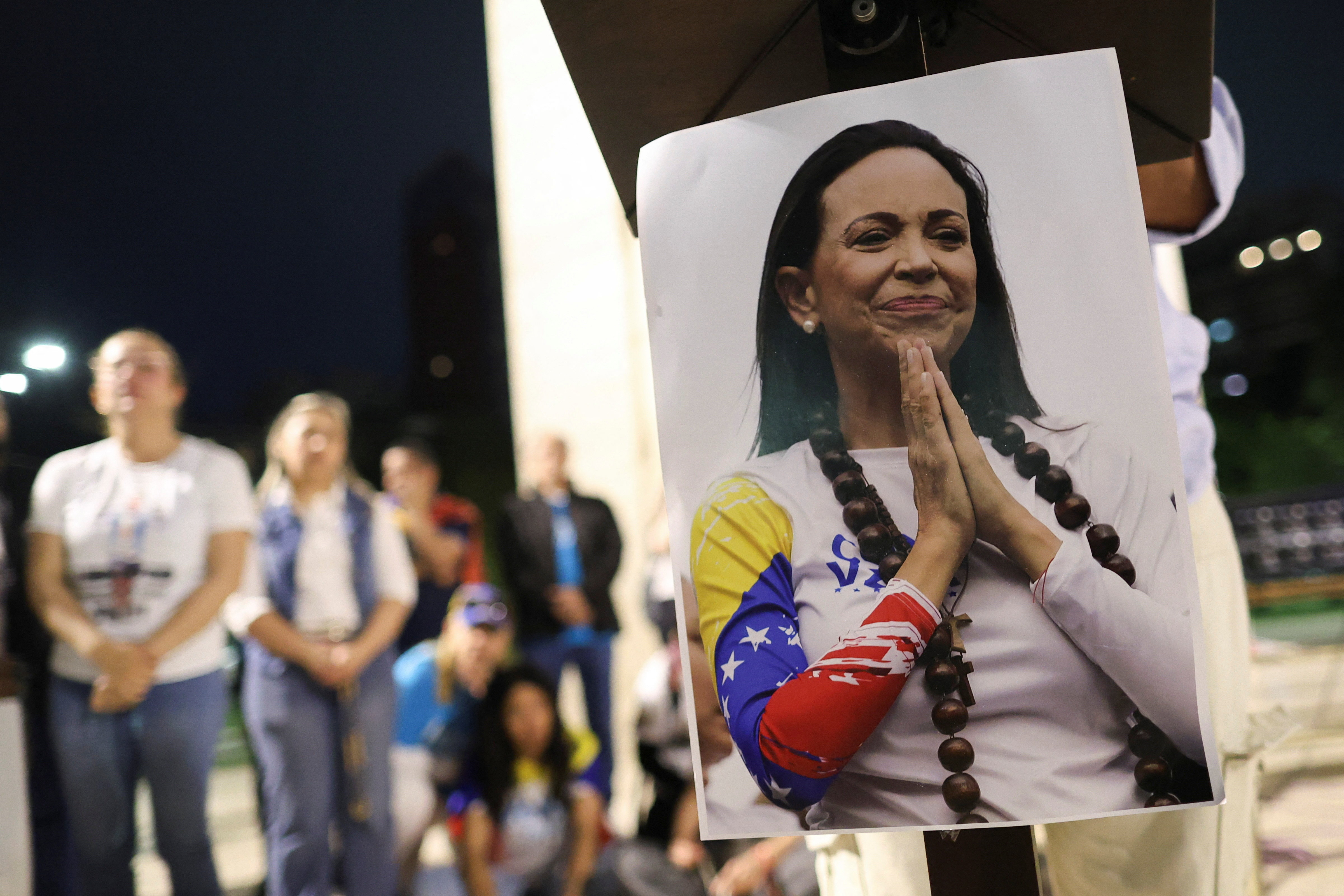;Resize=805#)


